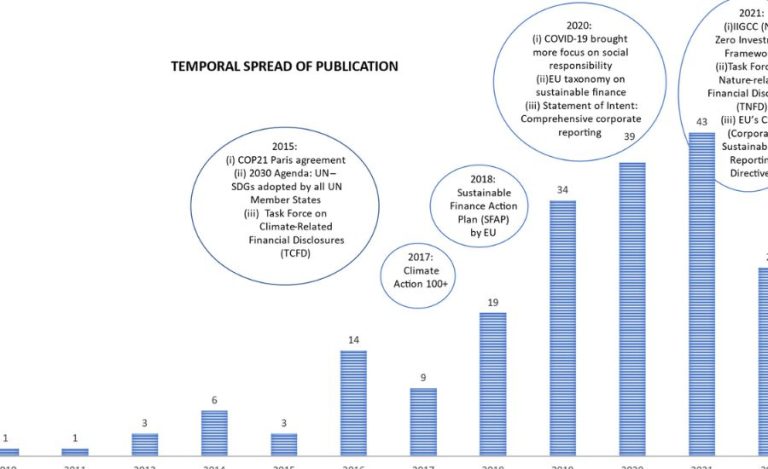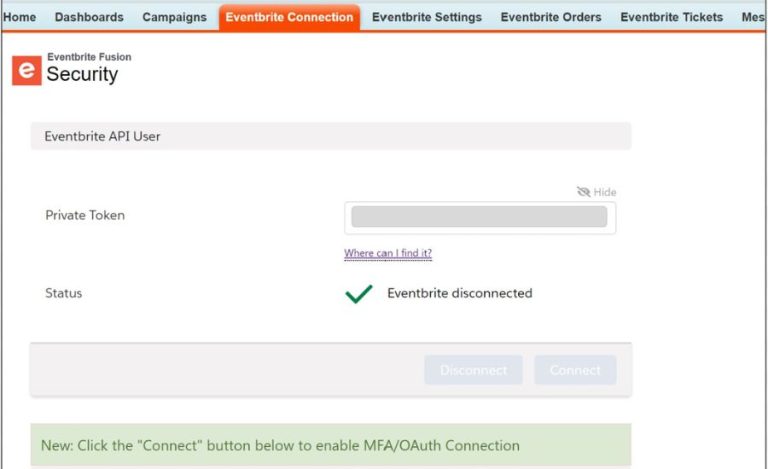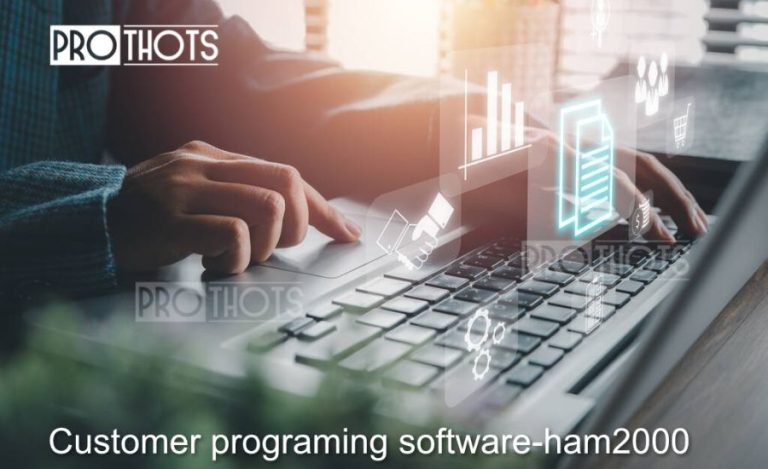What Language is: Partnumberranges in kaiserslautern, Applications & More
Introduction
In industrial environments, particularly in manufacturing sectors like those in Kaiserslautern, understanding technical terms and programming concepts is crucial for smooth operations. One such important term is “What Language is: Partnumberranges in kaiserslautern.” This concept plays a critical function in organizing, coping with, and monitoring parts inside production systems, stock databases, and agency resource planning (ERP) software. In this article, we can discover what PartNumberRanges is, how it’s miles carried out, and why it is mainly applicable in Kaiserslautern’s business area.
What Does PartNumberRanges Mean?
In simple phrases, PartNumberRanges refers to a way used in programming and database management to arrange and categorize part numbers within a particular variety. A component variety is a completely unique identifier assigned to an individual thing or product, making it easier to song and manipulate in large-scale manufacturing environments. The use of tiers allows manufacturers to group components primarily based on commonplace traits, which include type, size, or function, which greatly improves organizational performance.
Common Applications of PartNumberRanges
PartNumberRanges is widely utilized in a variety of systems and industries, including:
Manufacturing and Production Systems: Large-scale industries, such as automotive or electronics manufacturing, often deal with vast numbers of parts. These systems use PartNumberRanges to categorize and manage parts in production lines, streamlining workflows and reducing errors.
Inventory Management Systems: Companies use PartNumberRanges to efficiently manage inventory by grouping similar parts together. By organizing elements into described tiers, corporations can easily reveal inventory stages, track parts as they circulate via the supply chain, and ensure that each one important additives are to be had while wished.
Enterprise Resource Planning (ERP) Software: ERP structures are essential for industries to manage assets and production schedules. PartNumberRanges allows ERP software program categorize merchandise, facilitate the tracking of stock, and optimize production approaches, making sure clean integration of numerous departments like purchasing, income, and logistics.
Why is PartNumberRanges Significant in Kaiserslautern’s Industrial Landscape?

Kaiserslautern, a metropolis in Germany, is identified for its sturdy commercial presence, in particular in automotive production, engineering, and generation. The vicinity is domestic to numerous manufacturing facilities, where components monitoring and stock control are key to fulfillment.
Given the volume of components produced daily, having an effective system like PartNumberRanges is vital for ensuring that parts are quickly and accurately located, preventing bottlenecks in the production process.
In industries such as automotive and high-tech manufacturing, where thousands of parts are needed for assembly and production, the use of PartNumberRanges helps to keep everything organized and running efficiently.
The Technical Side of PartNumberRanges
From a programming perspective, PartNumberRanges is not a language itself but a concept used within various coding environments to manage part numbers in databases and production systems. Some common tools and languages that manage PartNumberRanges include:
SQL (Structured Query Language): This language is often used to query databases, enabling quick searches for part numbers within specified ranges.
Python and JavaScript: These programming languages are commonly used in the backend of inventory management systems and ERP applications to script the processes of managing and defining part number ranges.
ERP-Specific Languages: Systems like SAP, Oracle, and Microsoft Dynamics have their proprietary languages designed to handle part numbers within their manufacturing modules.
How PartNumberRanges Operates
Imagine a factory assembling car parts. Each element, whether it is a small bolt or a complex engine part, is assigned a completely unique identifier. These identifiers may be organized into tiers, as an instance, elements numbered 1000 to 1999 may constitute bolts, whilst elements numbered 2000 to 2999 should constitute engine components. This variety-based categorization lets in the stock device to without problems clear out and discover components, dashing up the method of production and reducing human error.
Benefits of Using PartNumberRanges in Industrial Settings

Implementing PartNumberRanges offers several advantages, in particular in commercial settings:
Enhanced Efficiency: With ranges in area, parts can be easily identified, tracked, and retrieved, minimizing delays in production.
Improved Inventory Control: Grouping parts through degrees ensures that stock levels are seen and nicely-managed, reducing the risk of shortages or overstocking.
Fewer Errors: Ranges simplify the process of identifying and categorizing parts, lowering the chances of mistakes in part handling or inventory.
Cost Reduction: Streamlining parts management leads to better resource allocation and fewer delays, ultimately saving both time and money.
FACT:
PartNumberRanges is a concept used in programming and database management to organize and categorize part numbers within a specified range.
It helps manufacturers group parts by common characteristics, such as type, size, or function, improving organizational efficiency.
PartNumberRanges is used in:
- Manufacturing and Production Systems to categorize and manage parts in production lines.
- Inventory Management Systems to efficiently track stock and ensure the availability of parts.
- Enterprise Resource Planning (ERP) Software to categorize products, track inventory, and optimize production processes.
Kaiserslautern, Germany, is known for its strong industrial presence, particularly in automotive, engineering, and technology, making the use of PartNumberRanges essential for parts management in this region.
From a technical perspective, PartNumberRanges is not a language itself, but a concept used in programming to manage part numbers in databases and production systems.
Common programming tools and languages used for managing PartNumberRanges include:
- SQL for querying databases.
- Python and JavaScript for backend scripting in inventory management and ERP systems.
- Proprietary ERP languages in systems like SAP, Oracle, and Microsoft Dynamics.
PartNumberRanges operates by categorizing parts within specified ranges, making it easier to track and retrieve them in manufacturing environments.
The advantages of using PartNumberRanges in industrial settings include:
- Improved efficiency in locating and tracking parts.
- Better inventory control and visibility.
- Reduced errors in part identification and handling.
- Cost savings from streamlined resource management and fewer delays.
FAQs:
What is PartNumberRanges?
- PartNumberRanges is a concept used in programming and database management to organize and categorize part numbers within a specified range. It helps manufacturers group parts based on characteristics like type, size, or function to improve organizational efficiency.
2. How is PartNumberRanges used in industrial settings?
- PartNumberRanges is used in manufacturing and production systems to categorize and manage parts in production lines, inventory management systems to track stock, and ERP software to categorize products, track inventory, and optimize production processes.
3. Why is PartNumberRanges important in Kaiserslautern?
- Kaiserslautern, Germany, is known for its strong industrial presence, especially in automotive, engineering, and technology. The use of PartNumberRanges is crucial for effective parts management in these sectors, where large volumes of parts are produced and tracked.
4. What programming languages and tools are used to manage PartNumberRanges?
- Common tools and languages include SQL (for querying databases), Python and JavaScript (for backend scripting in inventory management and ERP systems), and proprietary ERP languages used in systems like SAP, Oracle, and Microsoft Dynamics.
5. How does PartNumberRanges operate?
- PartNumberRanges operates by categorizing parts into specific ranges, making it easier to track and retrieve them in manufacturing environments, thus improving efficiency and reducing errors.
6. What are the benefits of using PartNumberRanges?
- Benefits include enhanced efficiency in locating and tracking parts, improved inventory control, reduced errors in part identification and handling, and cost savings from streamlined resource management.
Summary:
PartNumberRanges is a concept used in programming and database management to categorize and organize part numbers within specified ranges. It helps manufacturers group parts by characteristics like type, size, or function, improving organizational efficiency. This concept is widely applied in manufacturing systems, inventory management, and Enterprise Resource Planning (ERP) software.
In Kaiserslautern, Germany, known for its industrial sectors like automotive and technology, the use of PartNumberRanges is vital for managing large volumes of parts, ensuring efficient production and inventory control. The system operates by assigning unique identifiers to parts and grouping them within ranges, allowing for easy tracking and retrieval.
The concept is implemented using various programming languages and tools, including SQL, Python, JavaScript, and ERP-specific languages such as those used in SAP, Oracle, and Microsoft Dynamics. Key benefits include enhanced efficiency, better inventory management, fewer errors, and cost savings from streamlined processes.
For more Information About Information visit francherway






